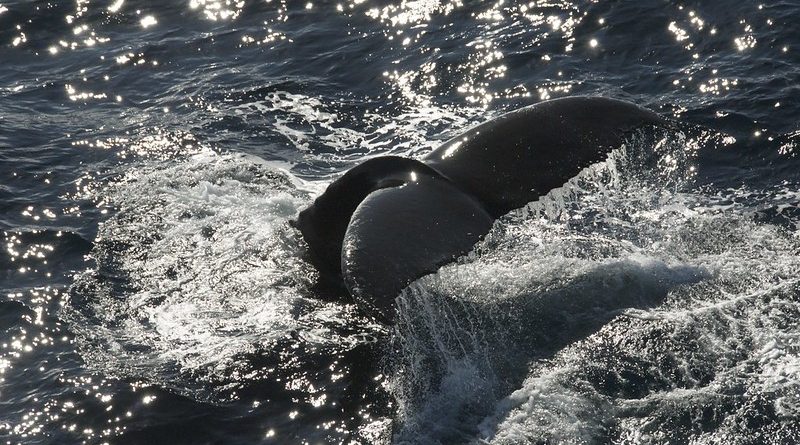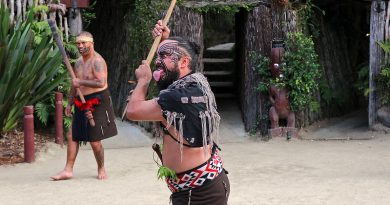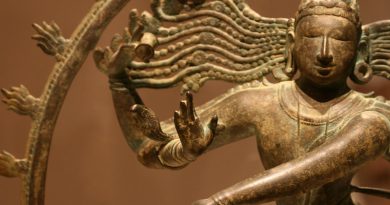Great Explorers: Antarctica
Perhaps the apex of intense exploration, Antarctica represented the most trying and brutal of conditions for explorers, which made it an enticing yet dangerous proposition for a number of major historical figures. Many of these explores were active in what is now known as the ‘Heroic Age of Antarctic Exploration’, generally around the turn of the 20th Century. These explorers had limited technological resources at their disposal and were somewhat out of their depth. 19 lost their lives over the course of this period, the brutal cost of making history
Sir Ernest Shackleton
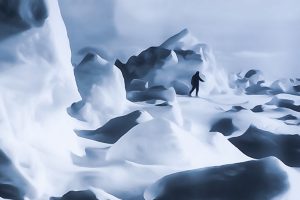 One of the most iconic explorers in British history, Sir Ernest Henry Shackleton participated as leader in three separate British expeditions of the Antarctic, cutting his teeth as the Third Officer of Robert Scott’s famous Discovery Expedition between 1901-4. He also participated in the famous race to the South Pole in 1911 against Norwegian Roald Amundsen. His most famous exploit was the Imperial Trans-Arctic Expedition during 1914-17, in which he attempted and failed to traverse Antarctica through the South Pole from sea to sea. Despite his failure, he and his crew became known for their resilience, successfully weathering disaster after disaster to return safely to the Atlantic. This has become known as one of the most important survival stories amongst exploration afficionados. He has been widely praised for his leadership and resilience. Despite these accomplishments, his life outside was trying and he ended up dying in significant debt.
One of the most iconic explorers in British history, Sir Ernest Henry Shackleton participated as leader in three separate British expeditions of the Antarctic, cutting his teeth as the Third Officer of Robert Scott’s famous Discovery Expedition between 1901-4. He also participated in the famous race to the South Pole in 1911 against Norwegian Roald Amundsen. His most famous exploit was the Imperial Trans-Arctic Expedition during 1914-17, in which he attempted and failed to traverse Antarctica through the South Pole from sea to sea. Despite his failure, he and his crew became known for their resilience, successfully weathering disaster after disaster to return safely to the Atlantic. This has become known as one of the most important survival stories amongst exploration afficionados. He has been widely praised for his leadership and resilience. Despite these accomplishments, his life outside was trying and he ended up dying in significant debt.
Captain Robert Scott
The definitive Antarctic explorer in some circles, Robert Scott is one of Britain’s most iconic yet polarising historical figures known for leading two significant expeditions to Antarctica. The first of these is better known as the Discovery Expedition, the first of its kind since James Clark Ross’ voyage in the mid-19th Century. It remains one of the most significant scientific expeditions in history, yielding major results in a number of different fields. Although in this attempt he fell short of his intended target, it was still a hugely important expedition. His second, ill-fated expedition is the stuff of legends. Engaged in a race against time with Amundsen’s party, they reached their target too late, with the Norwegians arriving first. The Terra Nova Expedition as it was known ended in tragedy as his entire party perished on the return home due to poor preparations. Scott divides opinion in modern times, with some praising his heroism and scientific aptitude while others questioned his competency and leadership.
Roald Amundsen
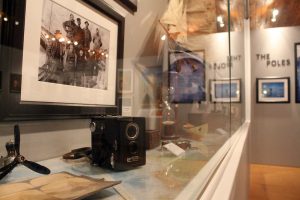
Roald Amundsen and his crew looking at the Norwegian flag at the South Pole, 1911
A rival to Scott and the first man to reach the South Pole, Amundsen’s expedition beat the British one by over a month. Hailing from Norway, he was far more adept at navigating the harsh and unforgiving landscapes of the Antarctic than Scott. His additional accomplishments included leading the first expedition along the Northwest Passage. He disappeared in 1928 in a plane crash in the Barents Sea.
Sir James Clark Ross
One of the first significant Antarctic explorers, Sir James Clark Ross is also one of the most iconic explorers in the canon of British history. Alongside his uncle Sir John Ross, he participated in a number of expeditions in the Arctic at a very young age, quickly rising through the ranks. Captaining the vessels HMS Terror and HMS Erebus, Ross oversaw an expedition of the Antarctic between 1839 and 1843. The expedition saw the discovery of the Ross Sea, the Ross Iceshelf and the Transantarctic Mountains as well as the Ross seal. In later life, he was dispatched to find the lost expedition of Sir John Franklin in the Northwest Passage, unsuccessful in his attempts.
Nobu Shirase
One of the lesser-known Antarctic explorers, Nobu Shirase hailed from Japan and was a third party in the race to the South Pole against his more famous rivals Scott and Amundsen. An officer of the Japanese military, he was known for his resilience. Although his accomplishments were overshadowed by Scott’s and Amundsen’s, he nonetheless played a major role in the exploration of the Antarctic, discovering the Edward VII Peninsula and having the Shirase Coast named after him. Despite being ridiculed upon his departure, he was welcomed back as a hero.
Sir Edmund Hillary
Although the New Zealand national icon was more famous for being the first to climb to the summit of Mt. Everest, Hillary was also known for his exploration of the Antarctic and became the third to reach the South Pole following Scott and Amundsen. Nearly 50 years after the race, he completed the Commonwealth Expedition in 1958. Later on, he completed a journey to the North Pole, being the first to complete both journeys in addition to that of Mount Everest.
Sir Douglas Mawson
One of Australia’s most iconic explorers, Sir Douglas Mawson was a key figure in the Heroic Age of Antarctic Exploration. A geologist, he played a role in Shackleton’s Nimord Expedition, staying on an additional year with his mentor Edgeworth David, climbing Mount Erebus and trekking to the South Magnetic Pole. Impressed by his accomplishments, Scott invited him to participate on the Terra Nova Expedition, which he declined. Mawson instead lead his own expedition-the Australasian Antarctic Expedition between 1911 and 1914, which yielded significant scientific achievements across a number of different fields including geology. Mawson is revered as one of Australia’s biggest national heroes.

